Lima Charlie News sat down with medium-sized business owners to assess the risk-reward ratio of challenging China on Trade.
“If you’ve had scrapple, think of it and say, ‘What’s the best thing I could make out of this?’” Dan Glier told Lima Charlie News. His company, Glier’s Meats, manufactures the world’s bestselling goetta—a Cincinnati processed meat staple advertised as German breakfast sausage—and draws a rabid following of over 150,000 to their annual Glier’s Goettafest. He took over the business from his father in 1977. Since then, the success of his product and his advocacy efforts have granted him outsized access for a small business owner. From his prominent position in the upper echelons of American manufacturing he has witnessed what President Trump referred to on the campaign trail as “the greatest theft in American history.”
The crime in question involves intellectual property theft, which accounts for an estimated $180 billion to $540 billion in annual lost revenue. Marlin Steel is a manufacturer of custom wire baskets for a wide range of industrial and consumer uses. They take pride in their mantra, “Quality Engineered Quick.” But their quality designs lead Chinese competitors to make exact copies of Marlin’s products and then sell them at a fraction of the price to the world export market. “In fact,” says Glier, who has sat on the National Association of Manufacturers board with Marlin President, Drew Greenblatt for 10 years, “in their catalogs, they are using pictures of [Marlin’s] product. They have stolen the intellectual capital involved there, they have stolen the business—obviously, many times they can compete on price much better—so, what do we gain from that as consumers?”
New, more lucrative trade deals—the end-goal of the “Trade War”—may end up giving American manufacturers a taste of the lost revenue they crave. But in the short term, things are more complicated. Tariffs of 25% on steel and 10% on aluminum—in place since March—have driven production costs to painful levels.The performance of the Whirlpool Corporation in 2018 demonstrates how the true effect of tariffs can often be misunderstood. Before foreign steel and aluminum were targeted, tariffs on foreign washing machines were announced in February of this year. The American Enterprise Institute reported that, due to tariffs, the price of washing machines rose at an unprecedented rate from February to May 2018. Higher prices typically yield higher profits; but that is only one side of the equation. Steel and aluminum prices, according to Whirlpool CEO Marc Bitzer, “have reached unexplainable levels.” Price distortions of raw materials led Whirlpool to miss second quarter earnings estimates by 50%.
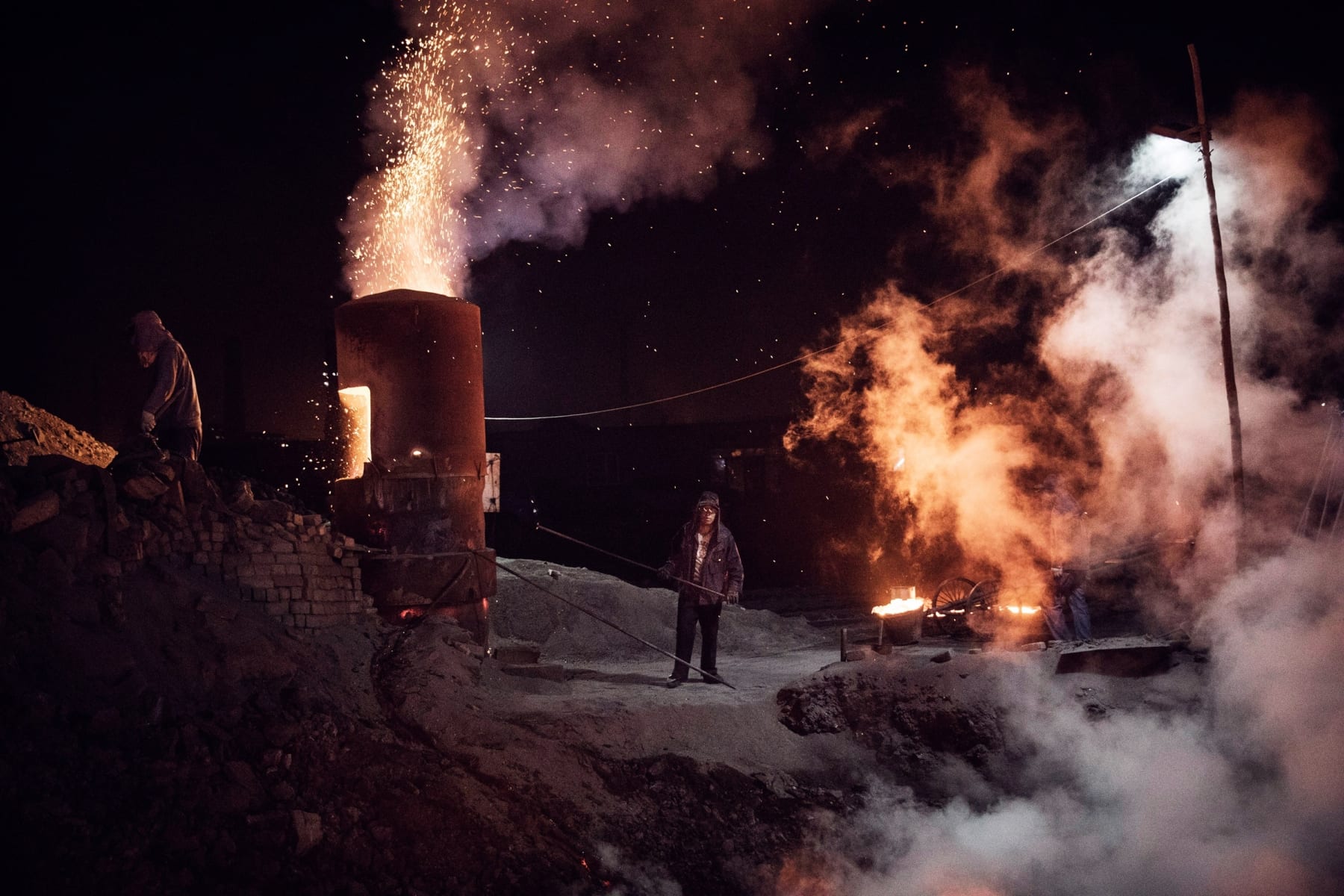
This is not an isolated example. Ford Motor Company CEO Jim Hackett, recently stated, “the metals tariffs took about $1 billion in profit from us.” Adding, “the irony is we source most of [our metals] in the U.S. today anyways.” Per the Commerce Department’s Bureau of Economic Analysis, as of 2015, the US steel industry employed 147,000; industries that use steel as an input to manufacturing employ 6.5 million in the US. Gains to the American steel industry are coming at the expense of their best customers.
Major corporations, like Whirlpool and Ford, are taking a wait-and-see approach to the “Trade War”. Short term sacrifices, they hope, will be rewarded. However, many small businesses—over 40% of US GDP and employment—simply cannot afford to wait. Brinly-Hardy, an Indiana-based lawn-care equipment manufacturer in business for over 170 years, is barely staying afloat. Jane Hardy, the fifth generation of the Hardy family to run the company, has been forced to lay off ~40% of her staff of 200 due to high metals prices. While the family owned/operated company has survived wars, recessions, and depressions; it may not survive a prolonged “Trade War.”
“We are caught in the middle of this trade battle,” she said, “our US manufacturing jobs and our 179-year history should not be considered acceptable collateral damage.”
Tariffs levied by the US government have driven foreign trade partners to place costly retaliatory tariffs on American industries. Specifically, those that benefit the most from exports, like soybeans, pork, bourbon, blue jeans, motorcycles, etc. The soybean industry, subject to a 25% Chinese tariff, has experienced a sharp downturn in recent months.

In an interview with Lima Charlie News, Nancy Johnson, Executive Director of the North Dakota Soybean Growers Association, explained how soybean farming in the Dakotas and the growth of the Chinese market developed in tandem. Explosive growth of the Chinese middle class has led to surging Chinese pork and chicken demand. Chinese farmers rely on soybean imports—primarily from the US—for animal feed. This surge coincided with the development of soy varietals that grow in the harsh climate of the Dakotas. Rail links to the Pacific Northwest allow farmers to get their goods to market quicker and cheaper than Eastern or Midwestern peers. “We kept building the infrastructure in response to the demand of the Chinese market,” Johnson explained, “it was a mutually beneficial process.”
Since July 1, 2018, orders for soybean from export companies with Chinese customers in the Pacific Northwest have declined sharply. Total US soybean exports to China have dropped 94% since the 2017 harvest. Retaliatory tariffs have pushed their main—and in many cases, only—customer from the market.
The rapid decline in prices has created a trade-off. Rather than sell their goods for a steep “economic loss,” many farmers are opting to store their soybeans in hopes of reconciliation with China. While Congress has authorized a $12 billion bailout for the industry, the policy only authorizes payment on half of the soybeans that they store, at prices that are already significantly lower than they were at the beginning of the year. Coupled with what Johnson described as a “very unfortunate fall”—harvests are suffering from unseasonable cold—the tariffs have crippled the livelihood of the farmers that she represents.
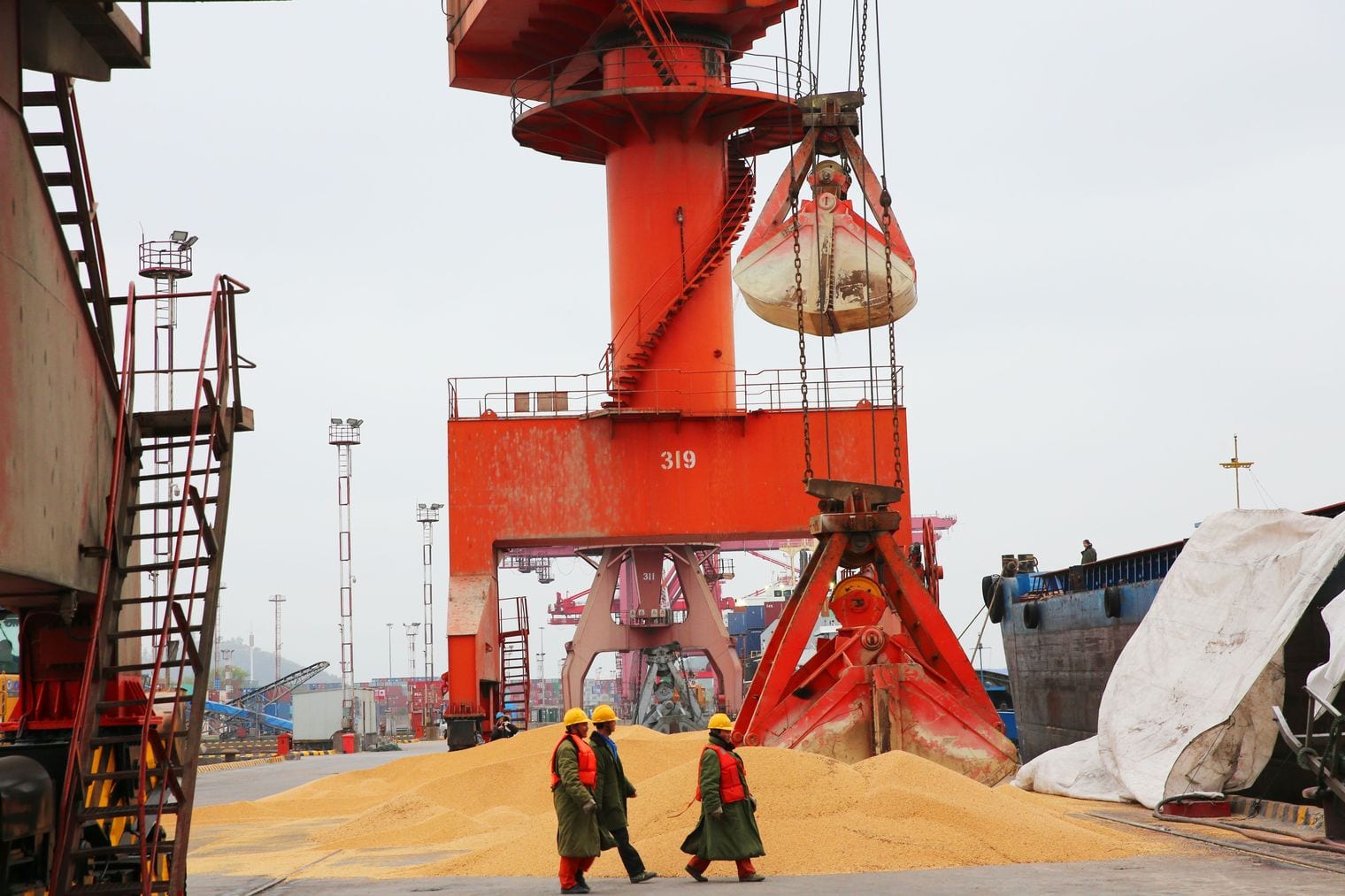
“Hope is not a good marketing plan,” she added, “at this point we would hope that things will resume as they were. But we are not getting a lot of indicators saying that will be true.”
Despite the ripple effects of tariffs, steel, as intended, is making a comeback. After the tariffs went into effect in early March, Nucor, the largest US steel producer, had its second most profitable quarter in its 70 year history. The combinatory effects of tariffs and strong economic growth led to a 41% price surge for domestic steel between January and August of 2018.
“Right now, it’s good,” said Rick Bucher, the United Steelworkers Union District 7 (Illinois and Indiana) Assistant Director, to Lima Charlie News. He emphasized the need for new trade agreements to combat “illegal dumping.” China and others produce a massive surplus of steel to sell to the export market at low prices relative to the US. “If other countries stopped dumping illegally, then we might not need [the tariffs],” Bucher explained, “Bottom line is, it’s the unfair trade, and that’s what brought them.”
So far, Granite City, Illinois (Rick Bucher’s district covers this area) is winning the “Trade War.” In July 2018, US Steel reopened blast furnace facilities at their Granite City Works. 500 jobs have been added to the community, with at least 300 more to be added by the end of the year. The challenge now, is translating higher profits into higher wages. “The prices are good right now,” said Bucher, referring to surging steel prices, “the companies are making money, and that’s good for the companies and that’s good for our members. We’re not afraid to make that known.”

And although he knows their fortunes may change, he remains optimistic about long-term prospects. “The steel industry has always been cyclical” said Bucher, “there will be bad times to follow I’m sure, but it’s always been that way.”
Protectionist trade policy has, historically, been politically toxic. The effects of the Smoot-Hawley Tariffs enacted by Congress in 1930—an attempt to boost domestic industries affected by the stock market crash in 1929—drove a worldwide pivot to free-trade. High tariffs were placed on foreign trade, which led to expansive foreign retaliation. While economists disagree on the full effect of this policy, the tariffs, at best, exacerbated the Great Depression; at worst, they turned a stock market crash into a depression.
The economy today is in a much better place than in 1930. Despite collective lingering post-Great Recession anxiety, things are going well. The logic behind the “Trade War” is that the economy can handle tariff-associated losses without stalling out, and that now is the time to address alarming trade disparities.
Dan Glier, while supporting the “Trade War,” understands the costly trade-offs of protectionist trade policy. Typically, he is a staunch proponent of zero-tariff free-trade. “Except,” he reiterated, “when you’ve got to level the playing field.” Despite short term pain, a booming economy and efforts to renegotiate trade deals have resulted in all-time high confidence for American manufacturers. The message of Glier—and his NAM counterparts—is clear. “We’re on the move,” he declared, “we’ve been stalled for quite a number of years and it’s nice to be back in the game again.”
Mark Hyatt, Lima Charlie News
Mark Hyatt is an American University student and Air Force Veteran. An expert on Middle Eastern and Asian military capabilities, he served eight years active duty as an intelligence analyst, with duty in Jordan, Turkey, and Qatar. He is currently pursuing his degree in Economics and maintains a particular interest in international trade and economic development.
Lima Charlie provides global news, featuring insight & analysis by military veterans and service members Worldwide.
For up-to-date news, please follow us on twitter at @LimaCharlieNews
In case you missed it:
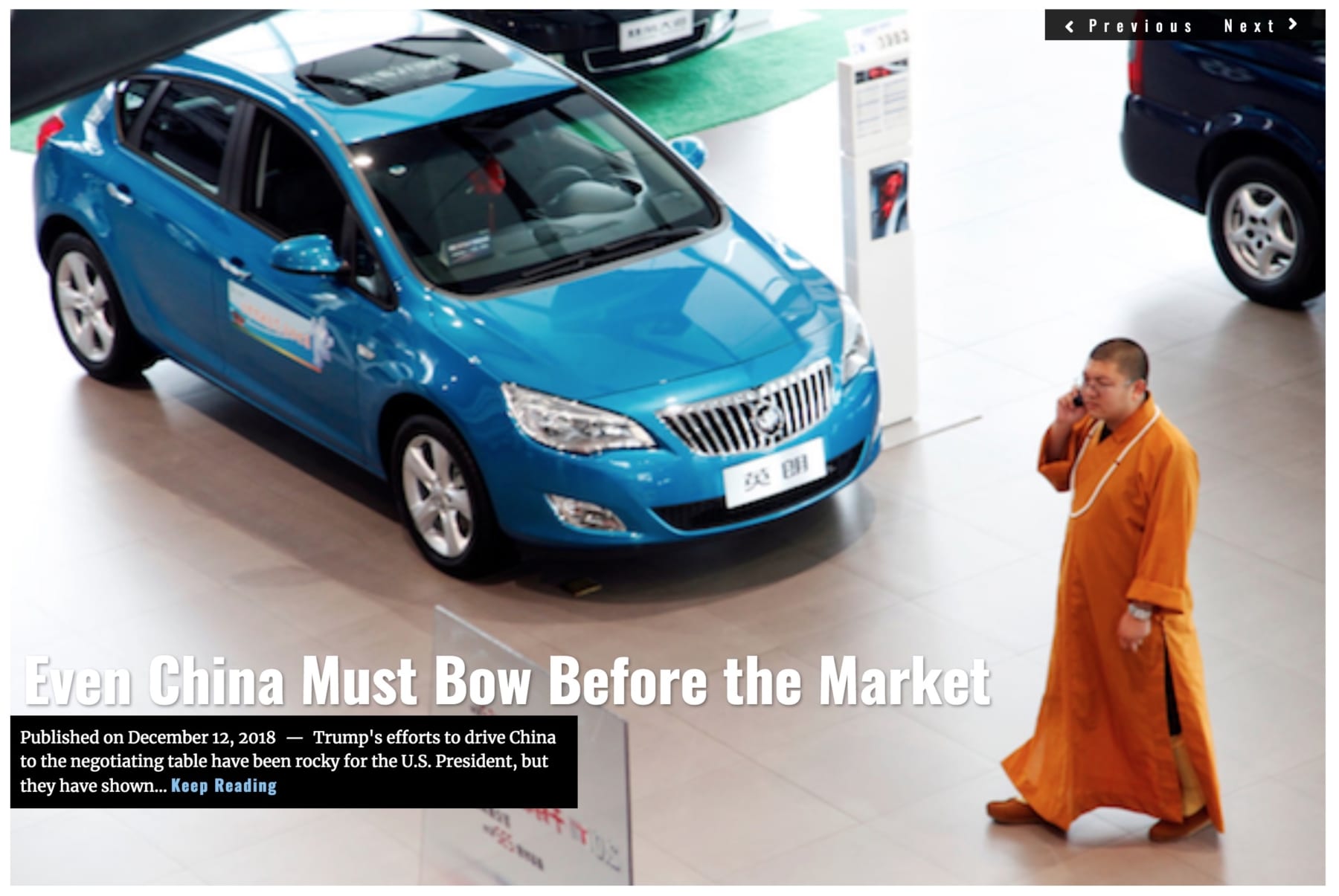
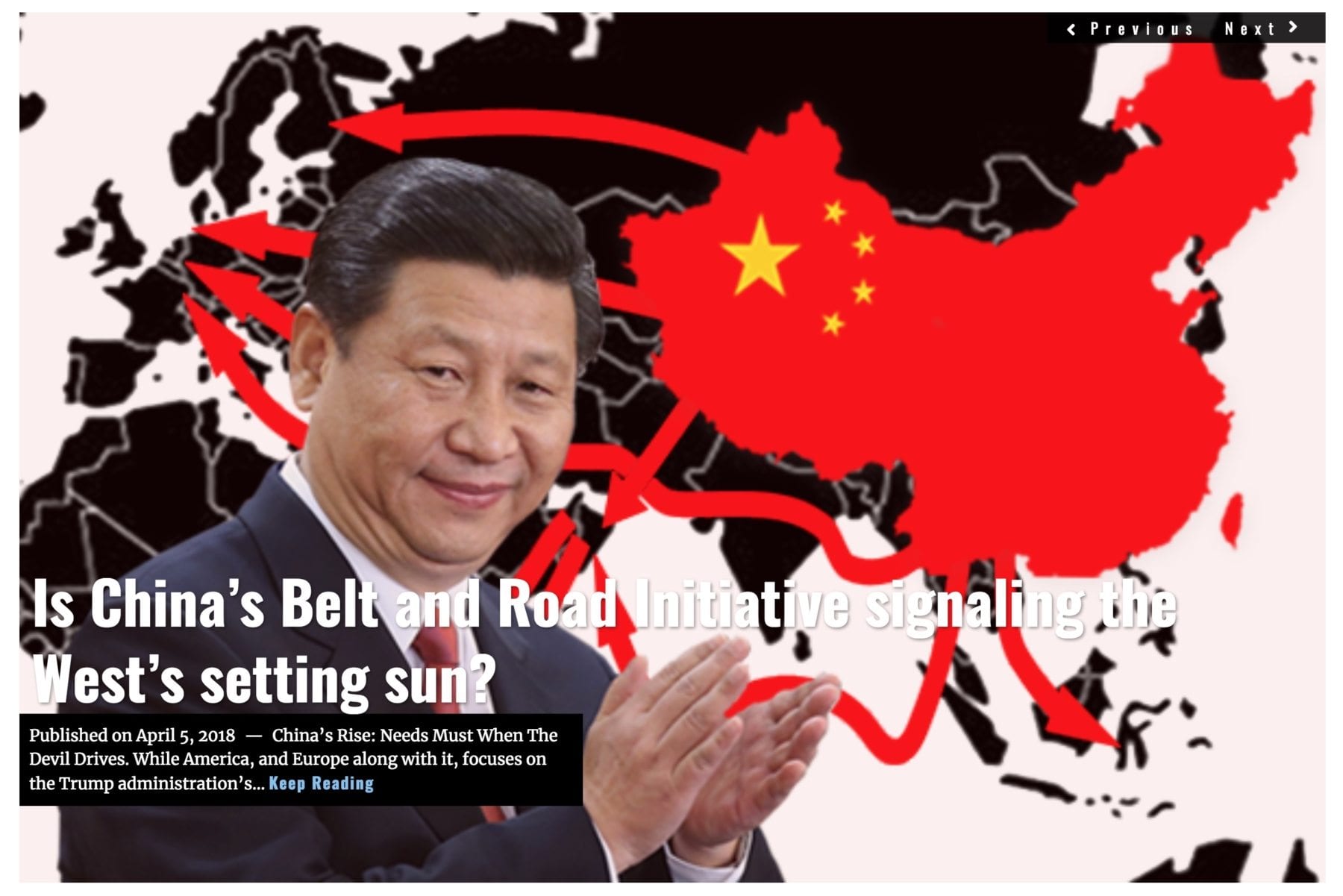
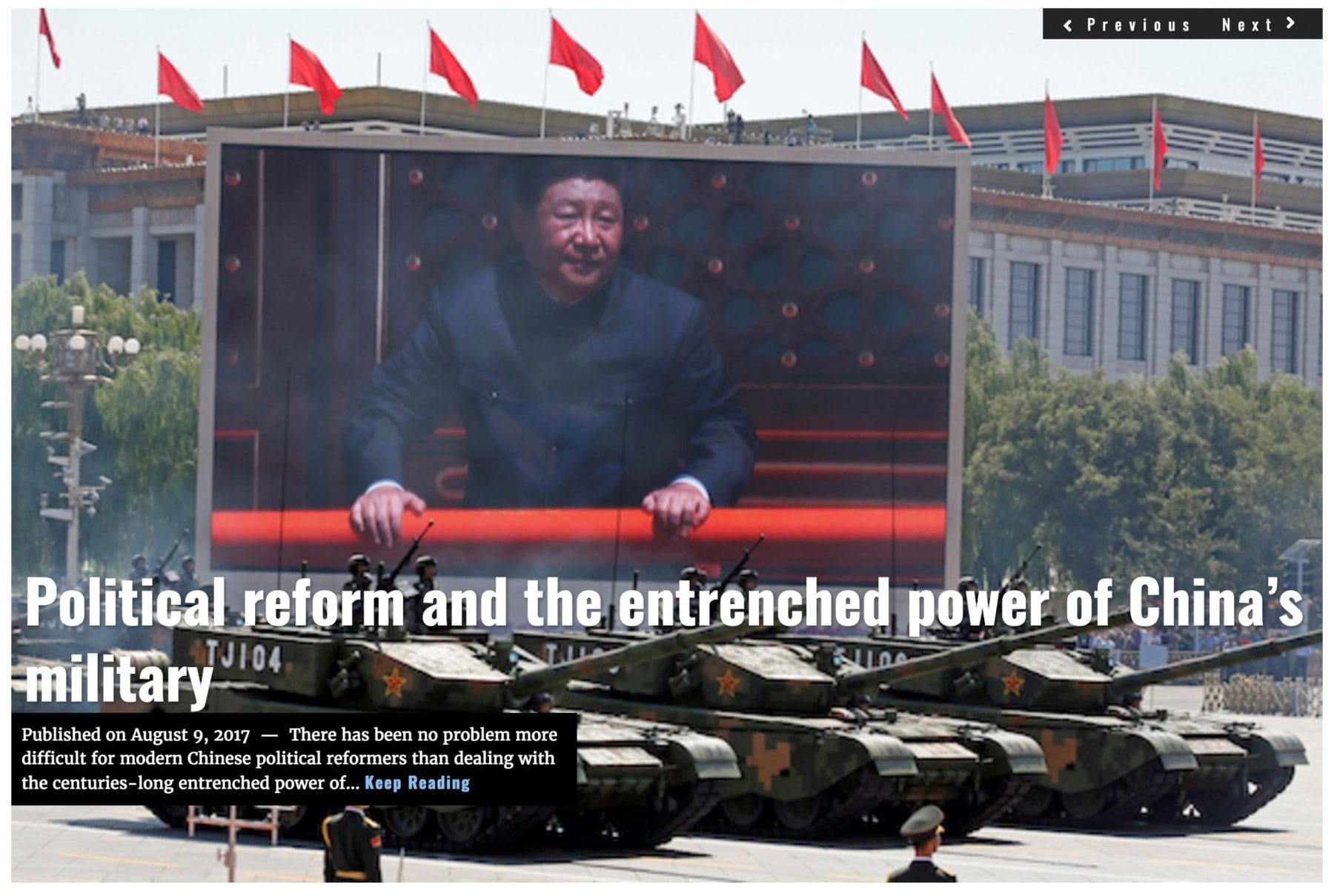

![Image Tariffs – a mixed blessing for American businesses [Lima Charlie News]](https://limacharlienews.com/wp-content/uploads/2018/12/Tariffs-–-a-mixed-blessing-for-American-businesses-Lima-Charlie-News.png)
![Image Huawei – China’s telecom giant hits a giant wall [Lima Charlie News]](https://limacharlienews.com/wp-content/uploads/2019/01/Huawei-–-China’s-telecom-giant-hits-a-giant-wall-480x384.png)

![image Resistance mounts against China's President Xi Jinping [Lima Charlie News][Photo: Johannes Eisele / AFP]](https://limacharlienews.com/wp-content/uploads/2018/08/Resistance-mounts-against-Chinas-President-Xi-Jinping-480x384.jpg)
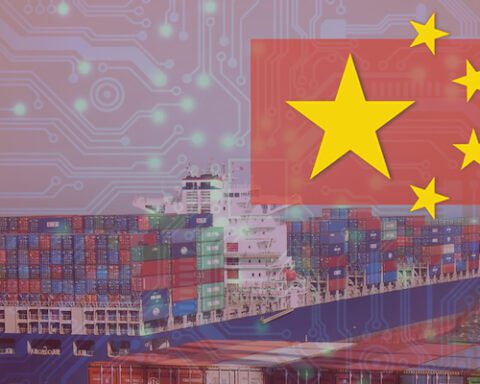

![Blossoming Russo-Turkish alliance leaves U.S., NATO behind [Lima Charlie News]](https://limacharlienews.com/wp-content/uploads/2019/07/Russia-Turkey-alliance-leaves-U.S.-NATO-behind-480x384.png)

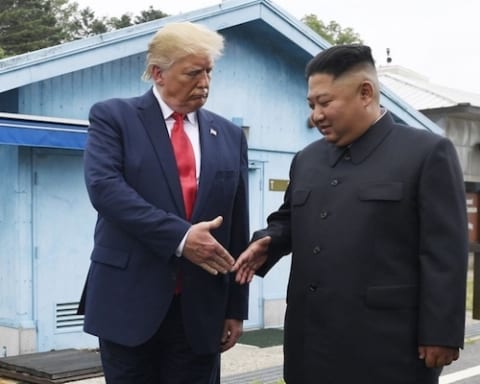
![Image Huawei – China’s telecom giant hits a giant wall [Lima Charlie News]](https://limacharlienews.com/wp-content/uploads/2019/01/Huawei-–-China’s-telecom-giant-hits-a-giant-wall-150x100.png)
